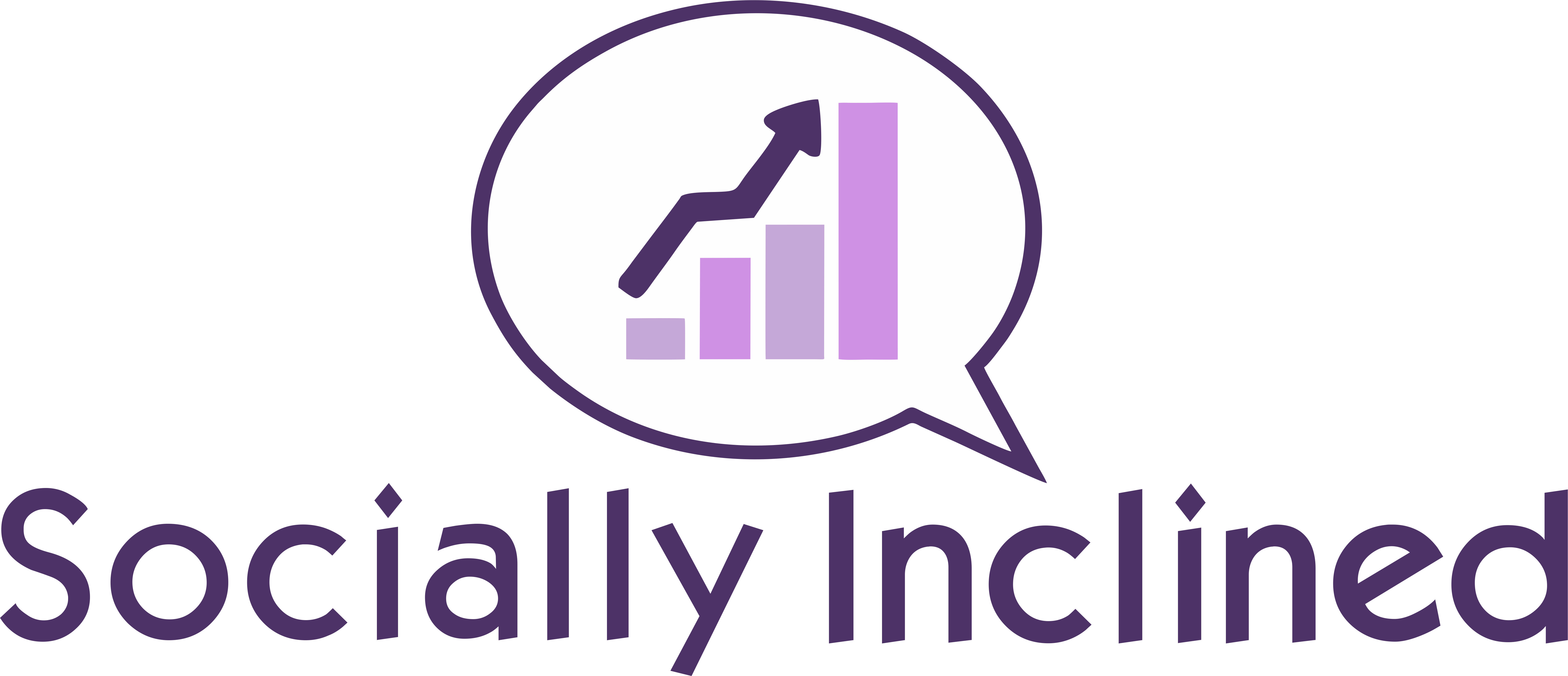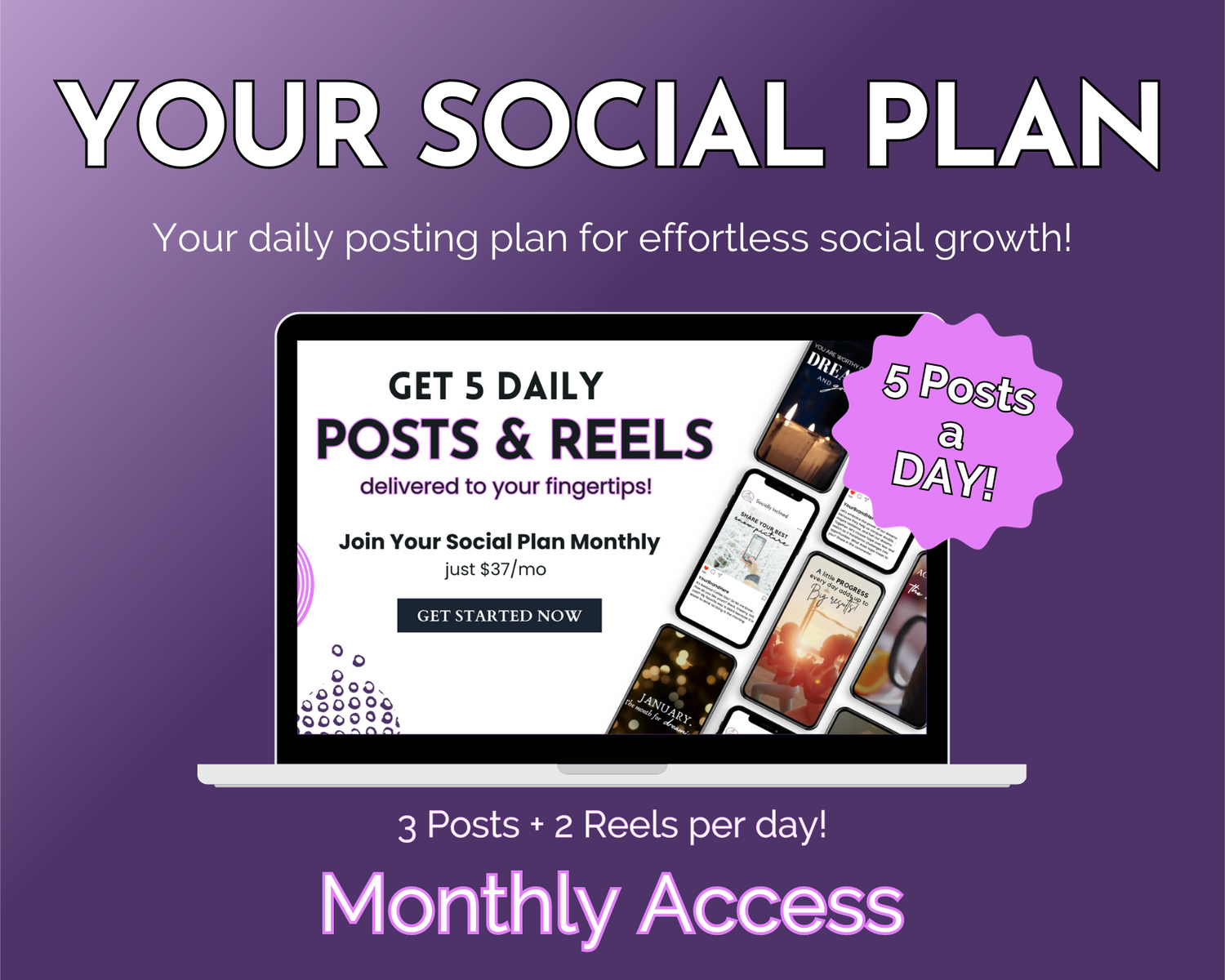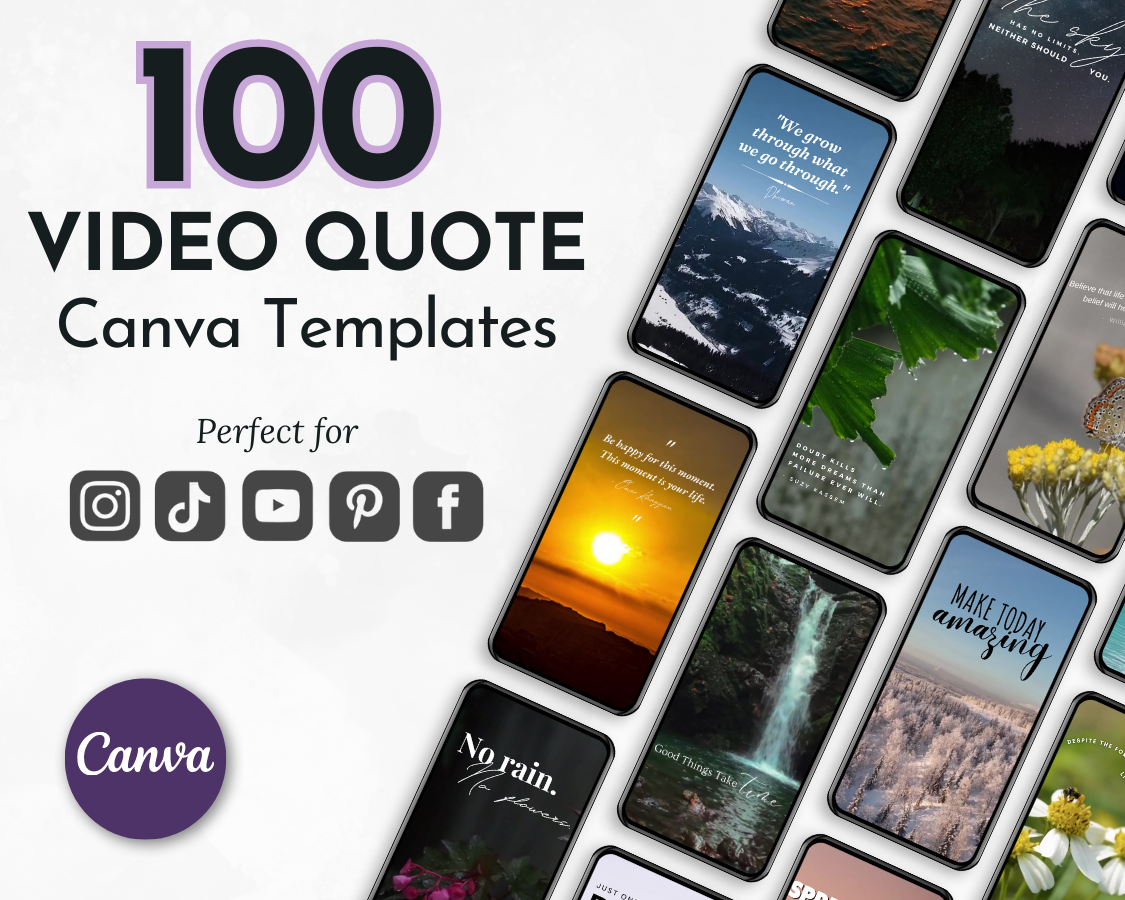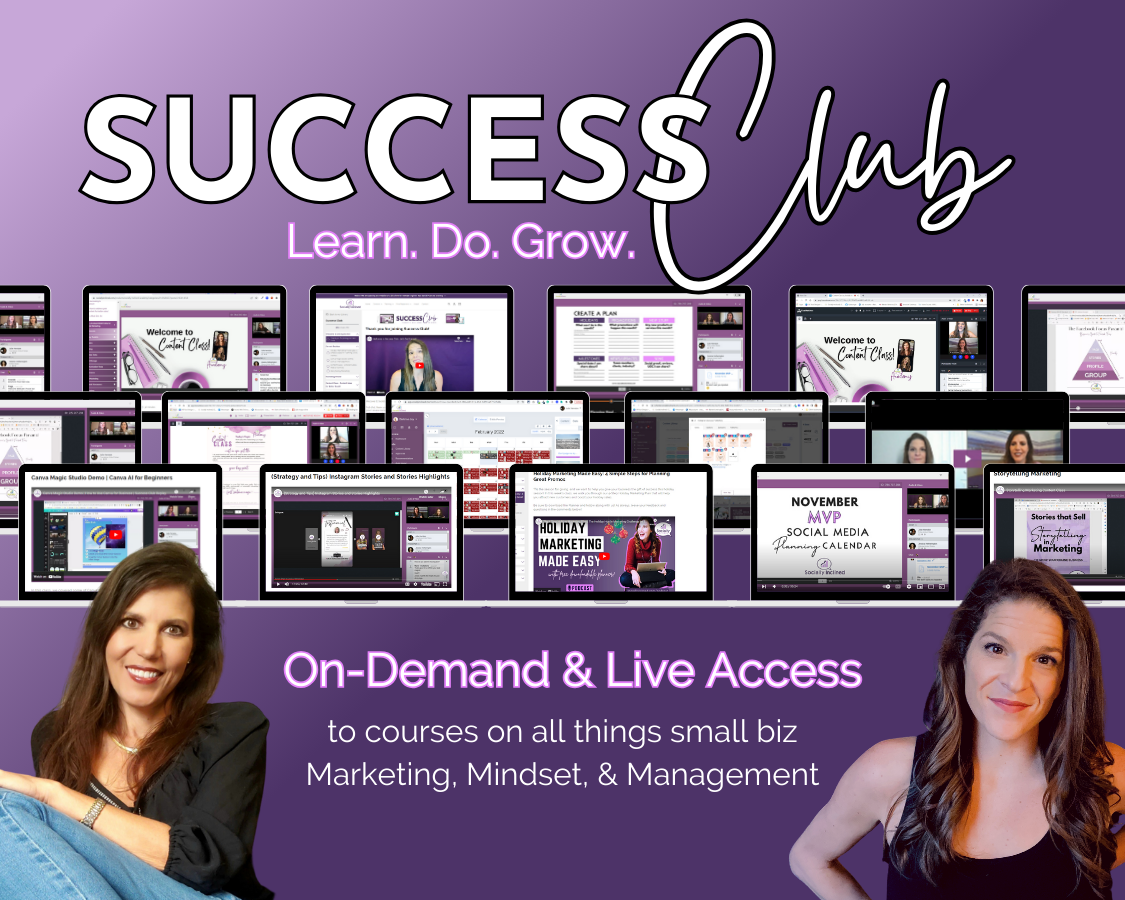Frequently Asked Questions
1. Why is understanding your target audience important for choosing social media platforms?
2. What social media platforms are suitable for building brand awareness?
3. How can businesses use LinkedIn for lead generation?
4. What are key metrics to monitor after implementing a social media strategy?
5. How can businesses build a community on social media beyond sales?
You've likely found this blog because you know that social media has become an essential tool for businesses looking to expand their reach and engage with their target audience. However, with an overwhelming number of platforms available, choosing the right one can feel daunting.
In this blog post, we’ll guide you through the process of selecting the perfect social media platforms for your business, ensuring that you not only connect with your audience but also enhance your brand’s visibility and engagement. Let’s dive in!
Understanding Your Target Audience
Before you can effectively choose a social media platform, it’s crucial to understand your target audience. Who are they? What are their interests? Where do they spend their time online?
Identify Demographics
Start by identifying the demographics of your target market. Consider factors such as age, gender, location, and income level. For instance:
- Facebook: Typically attracts a broad audience with users aged 25-54.
- Instagram: Popular among younger demographics, especially those aged 18-34.
- LinkedIn: Best for B2B brands and professionals, ideal for users aged 30-49.
- Twitter: Engages a wide range of users, often skewing younger.
Analyze Their Interests
Beyond demographics, understanding your audience's interests is critical. Utilize tools like surveys, social media analytics, and market research to pinpoint what your audience enjoys. For example:
- Survey your customers to gather data on their preferred platforms.
- Use analytics to see which channels yield the most engagement.
- Monitor competitors to see where they have the most success.
Assessing Your Business Goals
Your specific business goals will also play a key role in determining the right platform. Are you looking to build brand awareness, generate leads, or sell products directly? Here’s how to align your goals with the right platforms:
Brand Awareness
If increasing visibility is your primary goal, platforms like Instagram and Facebook are excellent choices. Their vast user bases allow for broader outreach, especially through visual content such as images and videos. Consider using:
- Engaging stories on Instagram.
- Regular posts on Facebook to keep your audience informed.
Lead Generation
For businesses focused on lead generation, LinkedIn is a powerful tool. It’s built for networking and professional connections, making it ideal for B2B goals. Sharing insightful articles and joining relevant groups can help establish authority and attract potential clients.
Direct Sales
If your main aim is to drive sales, platforms like Instagram and Facebook are instrumental with their integrated shopping features. For eCommerce businesses, showcasing products directly through posts and stories can turbocharge your sales funnel.

Evaluating Different Platforms
To make an informed decision, you should analyze the features and benefits of each social media platform. Here’s a breakdown of the most popular platforms and what they offer:
Facebook remains one of the largest social media platforms worldwide. Its features include:
- A wide age range of users.
- Variety of content types: text, images, videos, and events.
- Strong advertising platform with detailed targeting options.
Instagram is a visually-driven platform ideal for brands focusing on aesthetics and lifestyle. Key benefits include:
- High engagement rates through visual storytelling.
- Options for Instagram Shopping, allowing direct product sales.
- Story feature to foster real-time engagement.
LinkedIn is a must for professional networking and B2B businesses. Advantages include:
- Ability to connect with industry leaders and influencers.
- Publishing long-form content to showcase expertise.
- Job posting features to attract talent.
Twitter excels in real-time engagement and updates. It's beneficial for:
- News updates and trending topics.
- User engagement through retweets and mentions.
- Building brand personality through concise content.
Pinterest is perfect for visually-oriented brands, especially in niches like fashion, home décor, and DIY. Key features include:
- A dedicated platform for sharing ideas and inspiration.
- High percentage of users looking for product recommendations.
- The ability to drive traffic directly to your Shopify store through pins.

Developing a Content Strategy
Once you’ve selected your platforms, the next step is developing a content strategy tailored to each one. Here are some essential tips:
Tailor Your Content
Different platforms require different content types. Ensure to customize your messaging and visuals according to each platform's best practices. For instance:
- Use high-quality images and engaging captions for Instagram.
- Share informative articles and updates on LinkedIn.
- Engage your audience with quick updates on Twitter.
Consistency is Key
Staying active is vital for all platforms. Create a content calendar to establish a regular posting schedule. Tools like Buffer or Hootsuite can help manage your posting times and frequency.
Engage With Your Community
Social media is about building relationships. Respond to comments, participate in conversations, and engage with followers to foster community and encourage loyalty.
Monitoring Performance Metrics
After implementing your strategy, monitoring performance metrics is critical to understanding the effectiveness of your approach. Key metrics to track include:
- Engagement Rate: Likes, shares, and comments can indicate how well your content resonates.
- Reach and Impressions: Understand how many users are seeing your posts.
- Click-Through Rate (CTR): This shows how effective your content is at driving traffic to your site.
Use Analytics Tools
Utilize tools like Google Analytics, Facebook Insights, and Instagram Analytics to track these metrics. By understanding the data, you can adjust your strategies for maximum efficiency.
Staying Adaptable
Social media is continuously changing, making it essential to stay adaptable. New platforms may emerge, and existing ones will evolve in terms of algorithms, features, and user preferences. Here’s how to keep your approach relevant:
Stay Updated on Trends
Keep an eye on industry trends and algorithm changes. Subscribe to digital marketing blogs, follow industry leaders, and engage in workshops or webinars to remain informed.
Test New Features
Experimenting with new features can open opportunities for engagement. For instance, adopting Instagram Reels or TikTok could provide new avenues for reaching your audience.
Community Building Beyond Sales
Lastly, remember that social media is not solely about conversions. Building a community around your brand can lead to authentic loyalty and word-of-mouth referrals. Encourage user-generated content, host giveaways, and create a space for followers to share their experiences with your brand.

Your Path to Social Media Success Starts Here!
Choosing the right social media platforms for your business can transform your marketing strategy and lead to greater engagement and sales. By understanding your audience, setting clear goals, evaluating platforms, creating a robust content strategy, monitoring results, and staying adaptable, you can achieve remarkable results. Jump on into the world of social media with confidence, and watch your business flourish!










